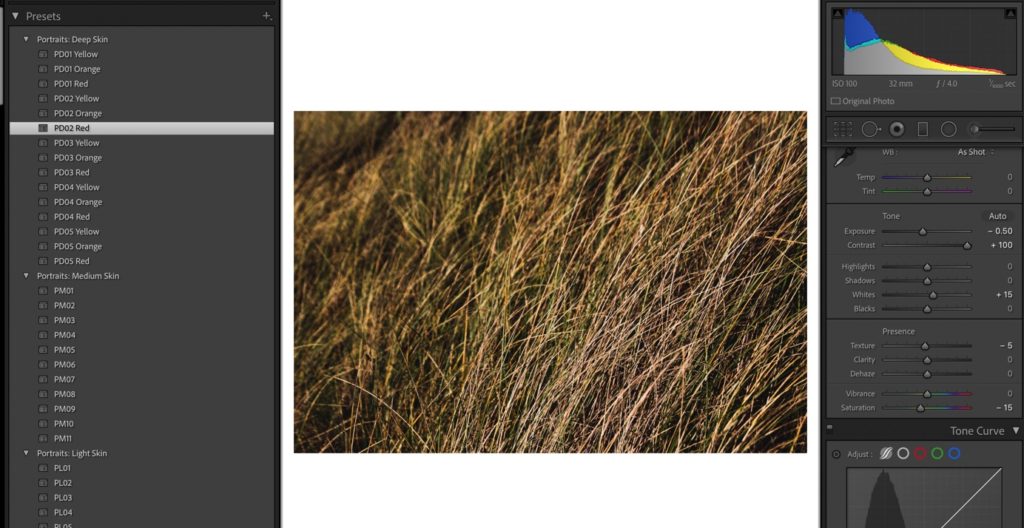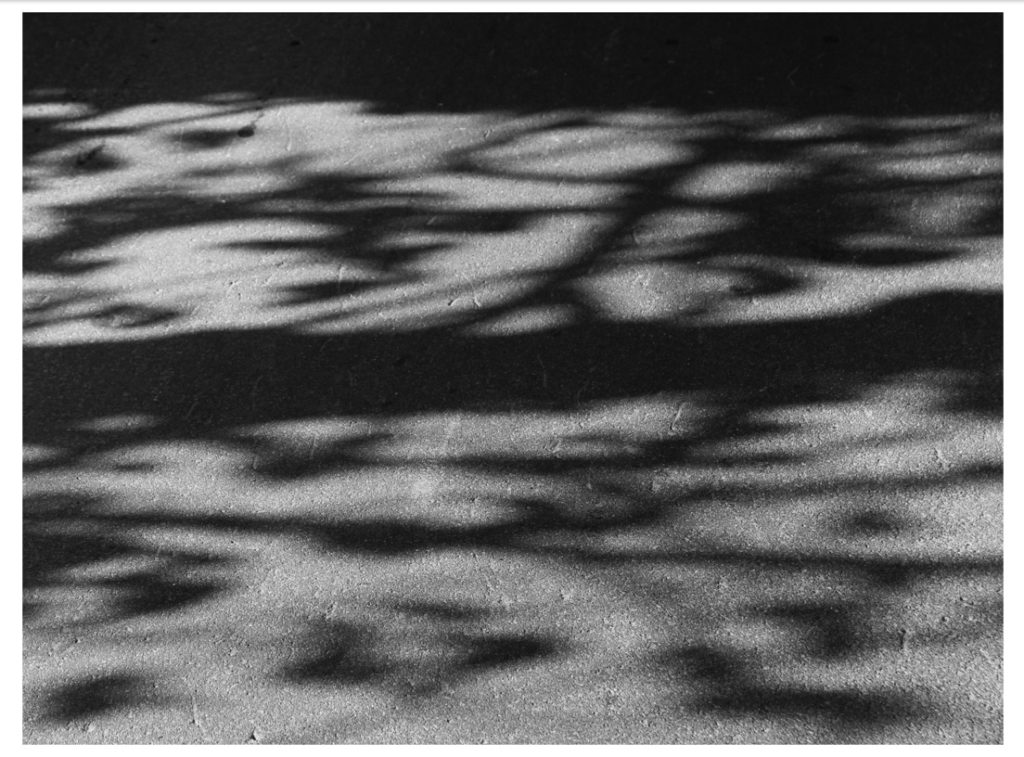Monika Orpik is an artist from Poland, based in Warsaw. Through the medium of photography and experimental processes in the darkroom, she tries to explore the subject of trauma of post-conflict communities and question the influence of art on the process of reconciliation.
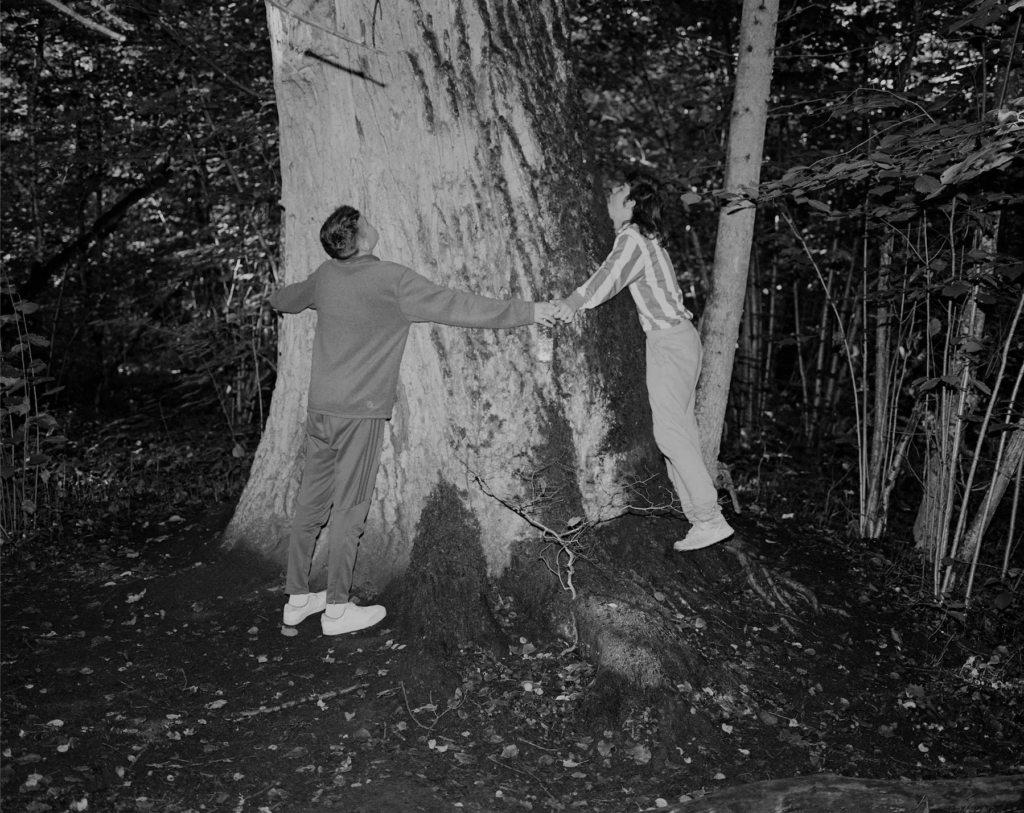
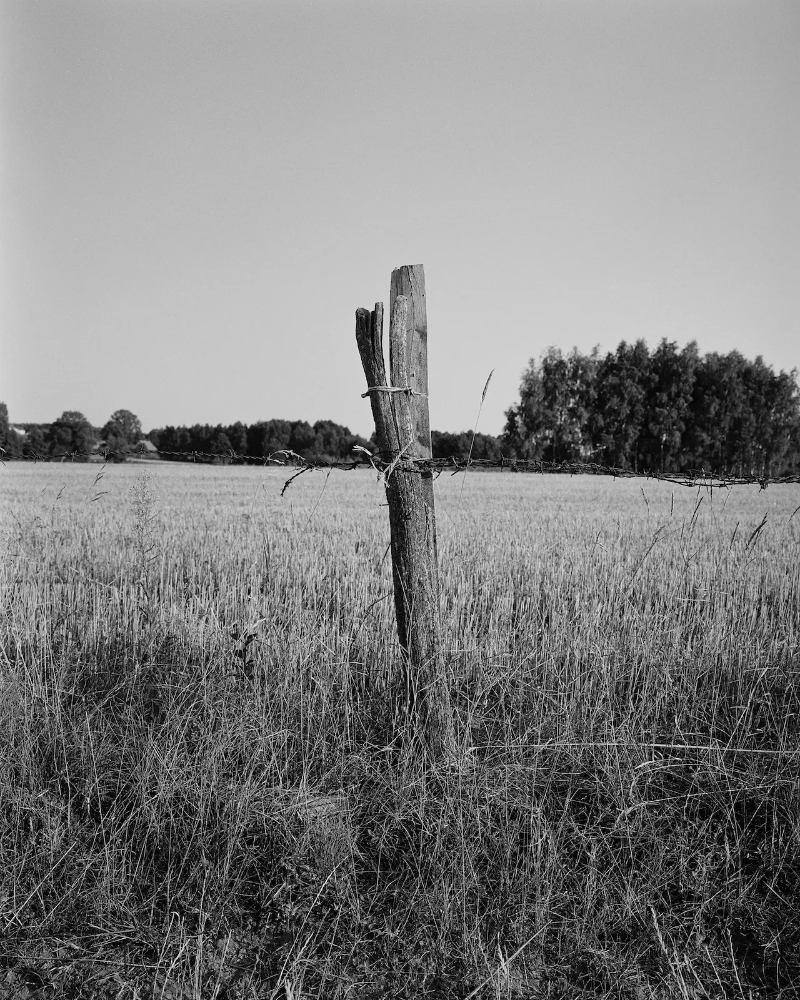
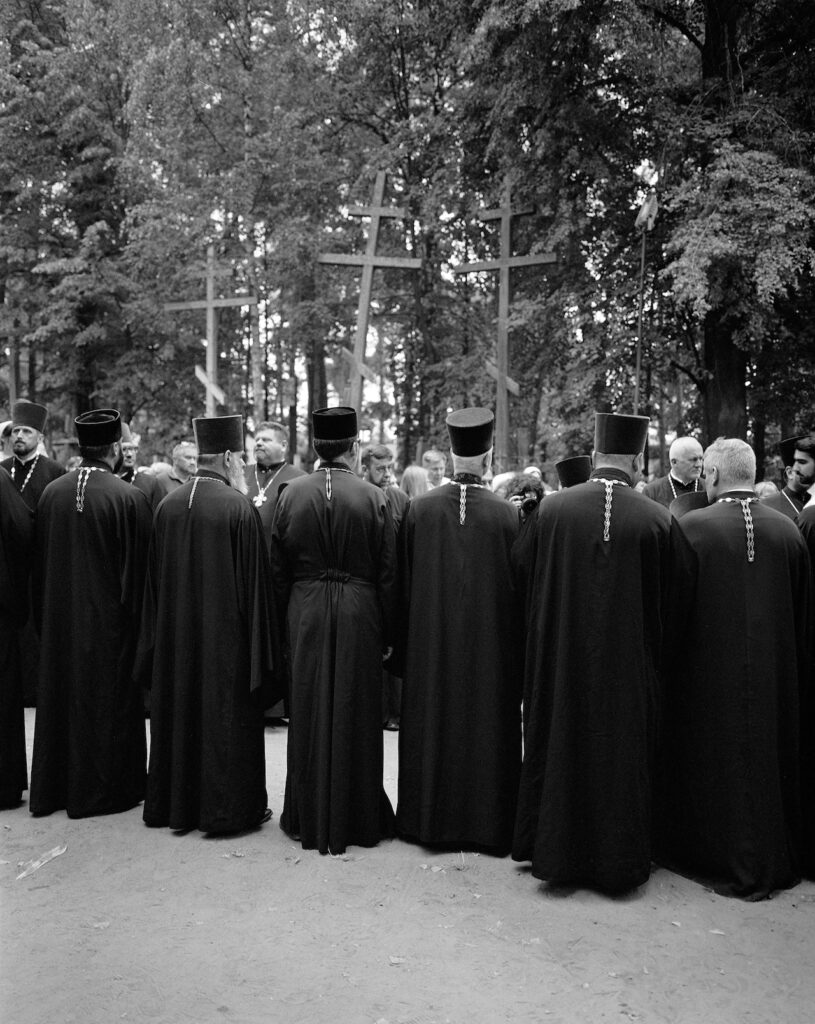
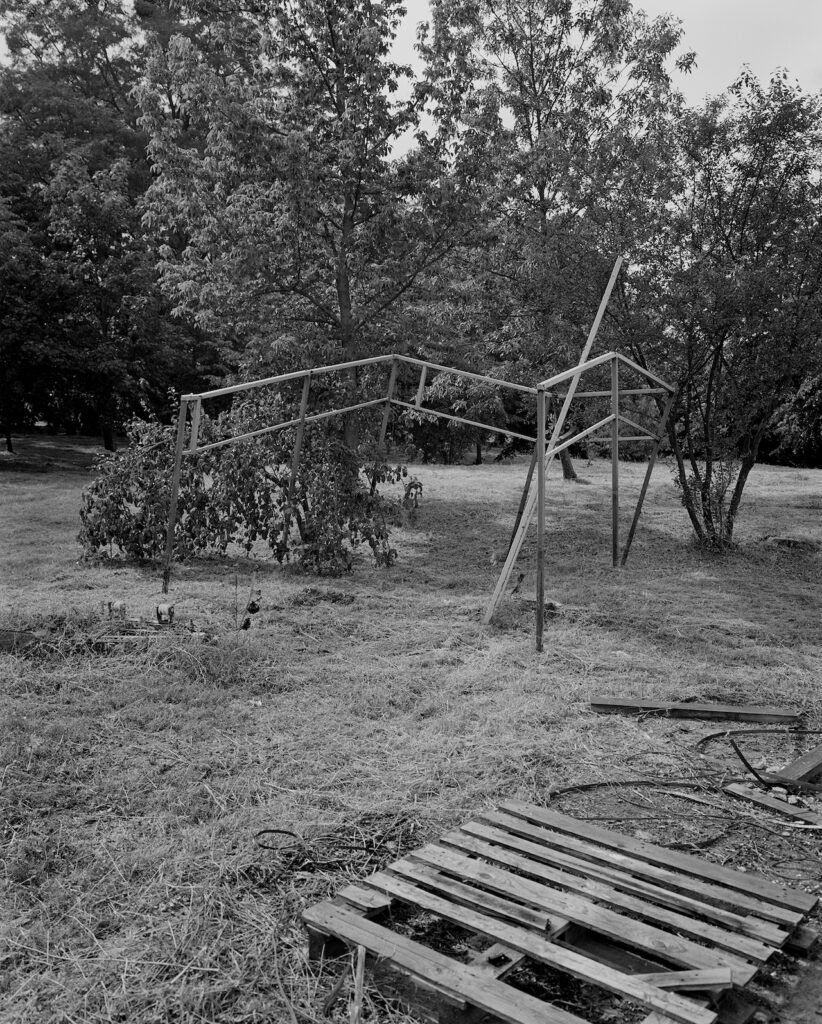
Photobook – Stepping Out Into This Almost Empty Road
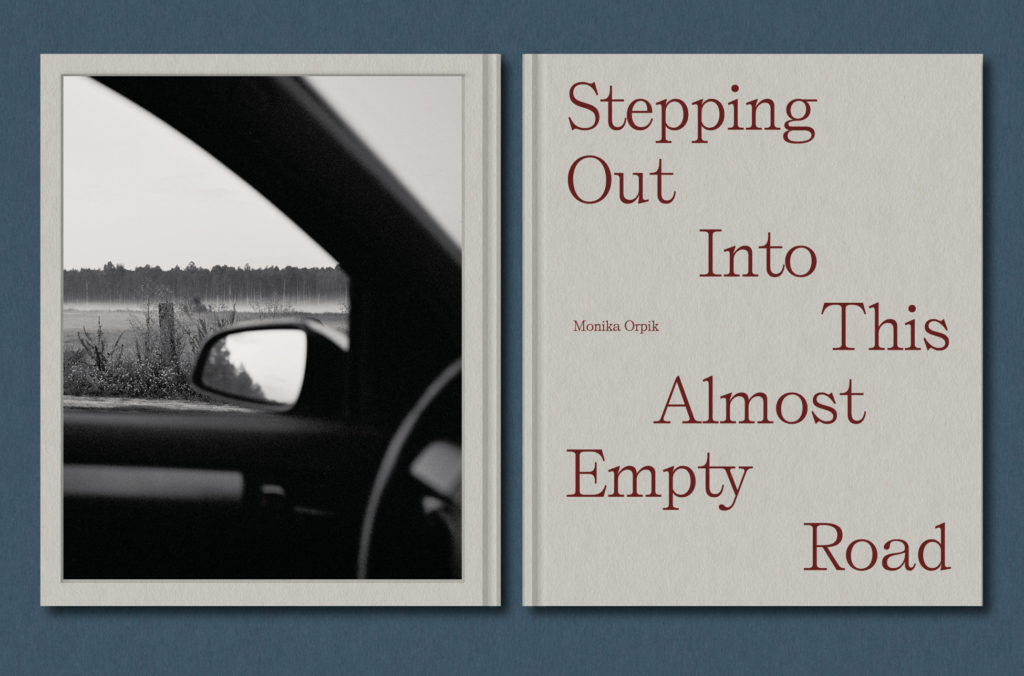
Stepping Out Into This Almost Empty Road looks at the moment of change when the most idyllic scenario becomes a horror of a political regime. From picking apples in the orchard to tear gas on the street. The book combines photographic material and texts that revolve around the permanent in-between state that is inseparable from the notion of migration. Despite being focused on stories of a specific community, the book makes visible what is universal in the context of transition.
Orpik captures the ripples of change across the region surrounding the border between Poland and Belarus in the wake of Belarus’ 2020 presidential election and subsequent anti-government protests, and the ongoing refugee crisis. She is interested in the pivotal moment when “the most idyllic scenario becomes a horror of a political regime”, “from picking apples in the orchard to tear gas in the street.”

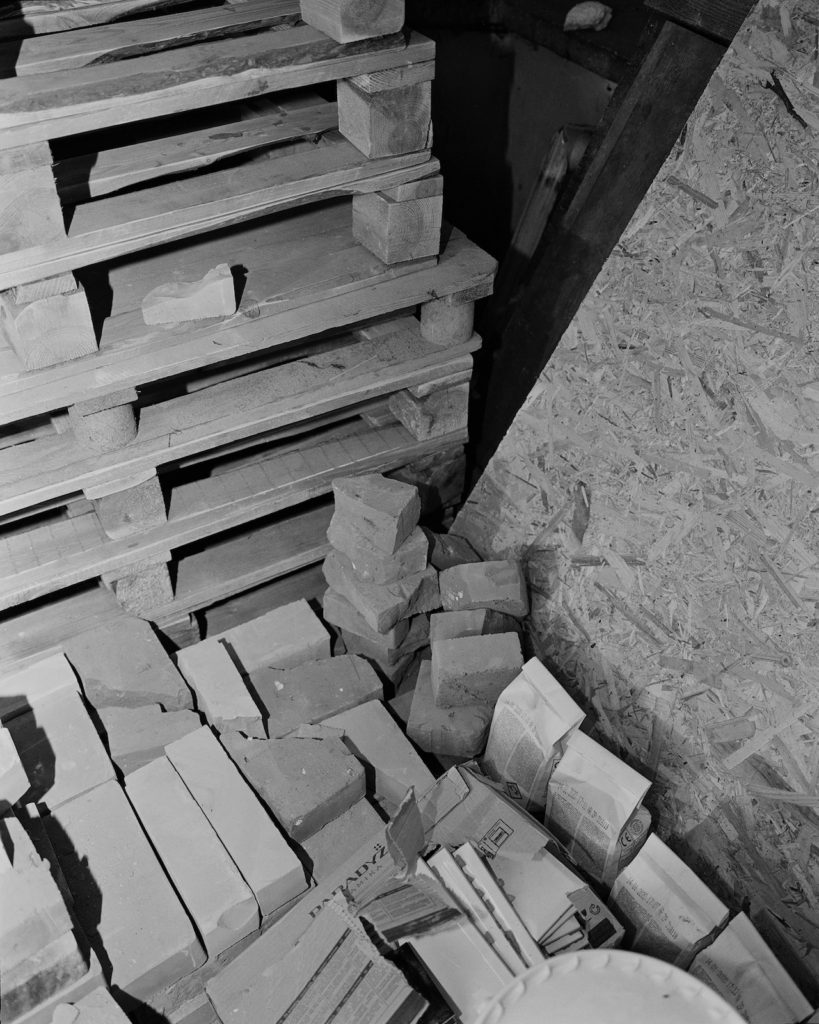
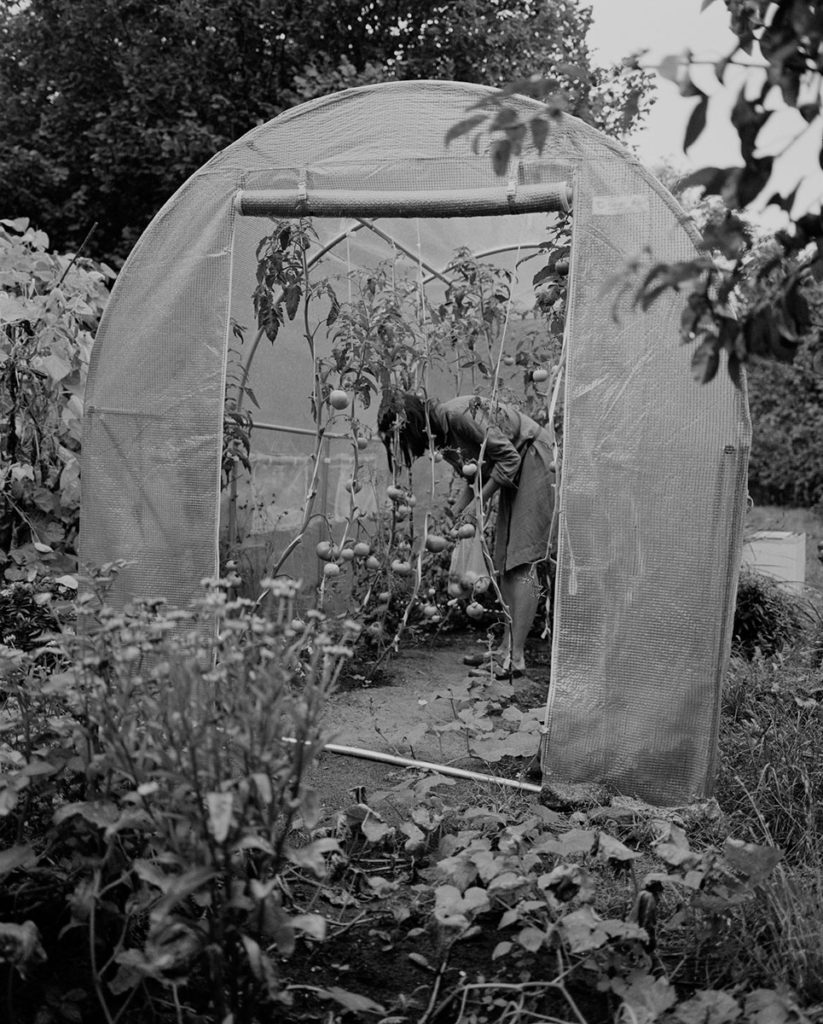
Orpik choses to work on the basis of invitation and collaboration rather than stepping into something one doesn’t belong to. For her encounter itself was more important than its outcome. The community was portrayed in the way they decided for leaving their traces only in text or photographed objects and landscapes that surround them on a daily basis. The process of ‘Stepping Out Into This Almost Empty Road’ became a reflection on what constitutes neighbourhood, the experience of migration and how the values of diversity can bring people together.
Image analysis
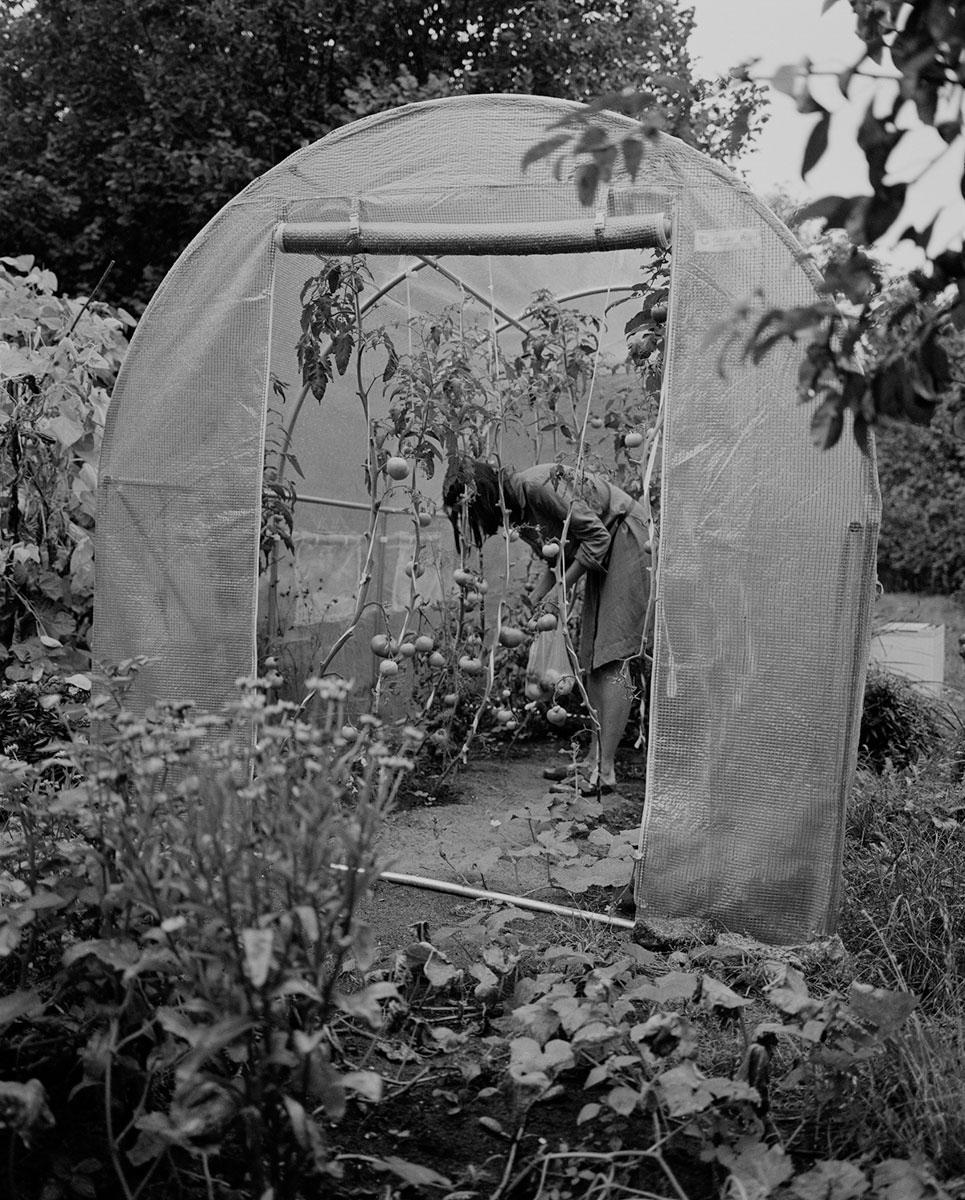
With this image here, I decided to chose this image as it displays what I think to be a strong image for the theme of complex as it goes down the route of displaying a vast range of plants such as the ones right in front of the camera and also the ones within the greenhouse. I like the choice of making the image black and white as it displays a much more intense approach to the theme of complex and showcases more texture and patterns within the piece.
I would somewhat argue that it does fall into the category of simple due to the concept of the image just being of a lady in a greenhouse checking her plants. It’s not an overly complicated photography concept so I would say that this image also displays senses of simplicity.









